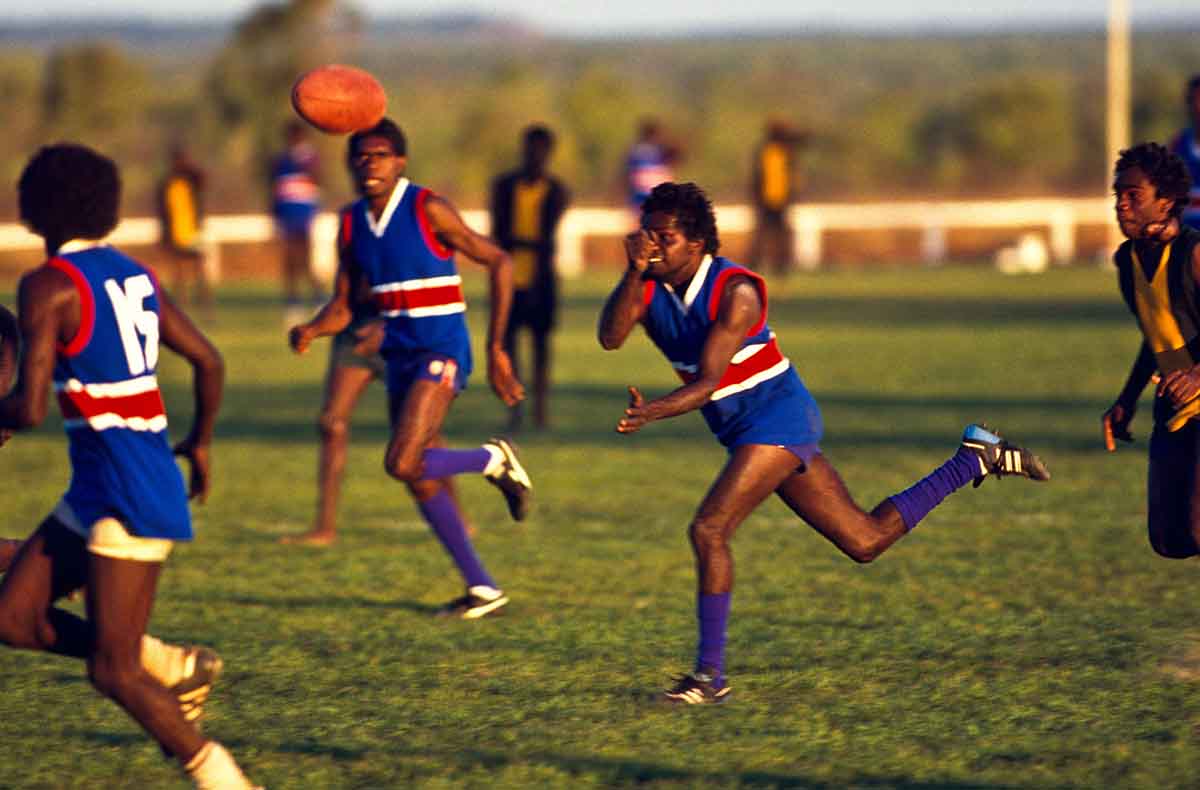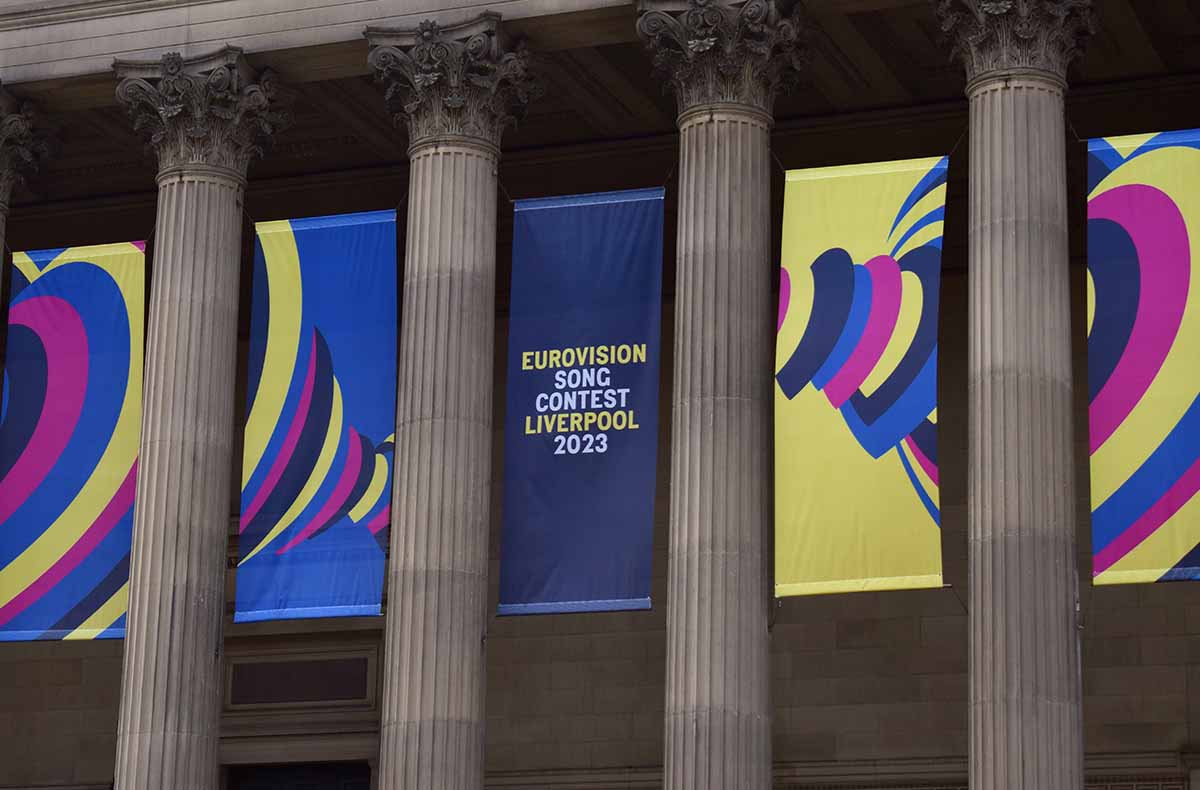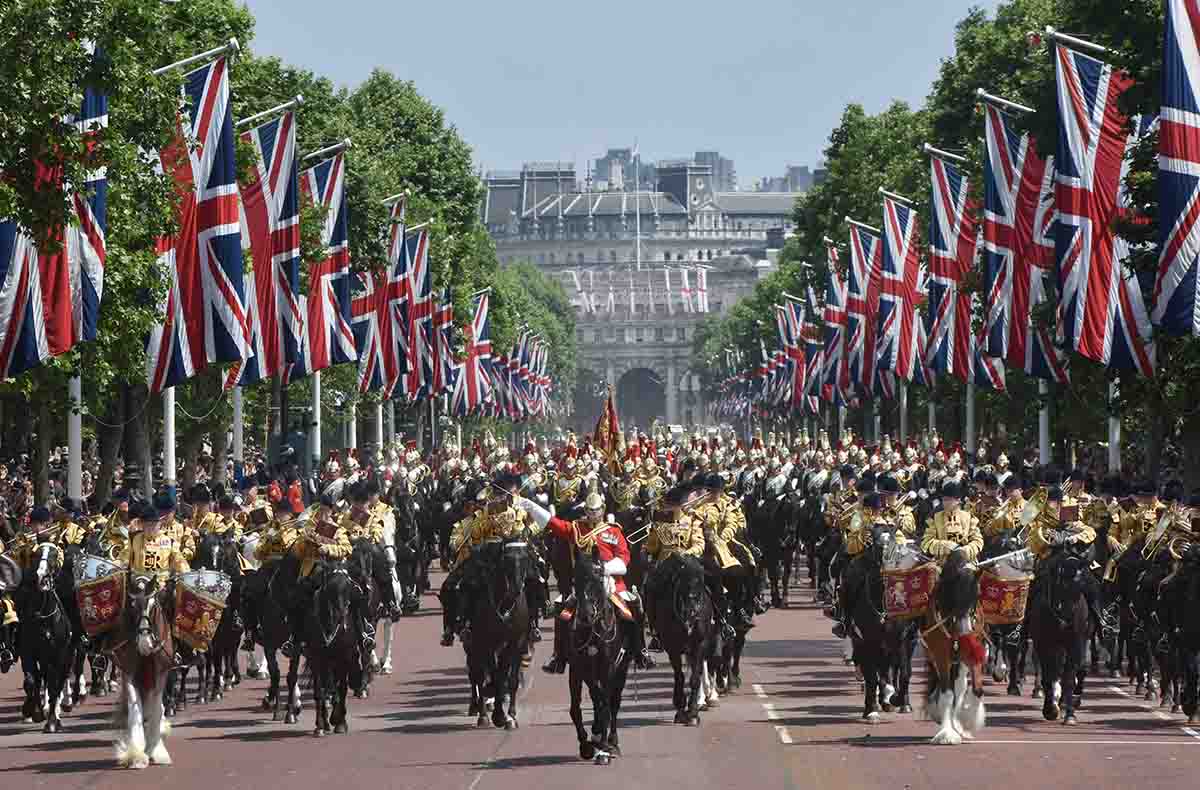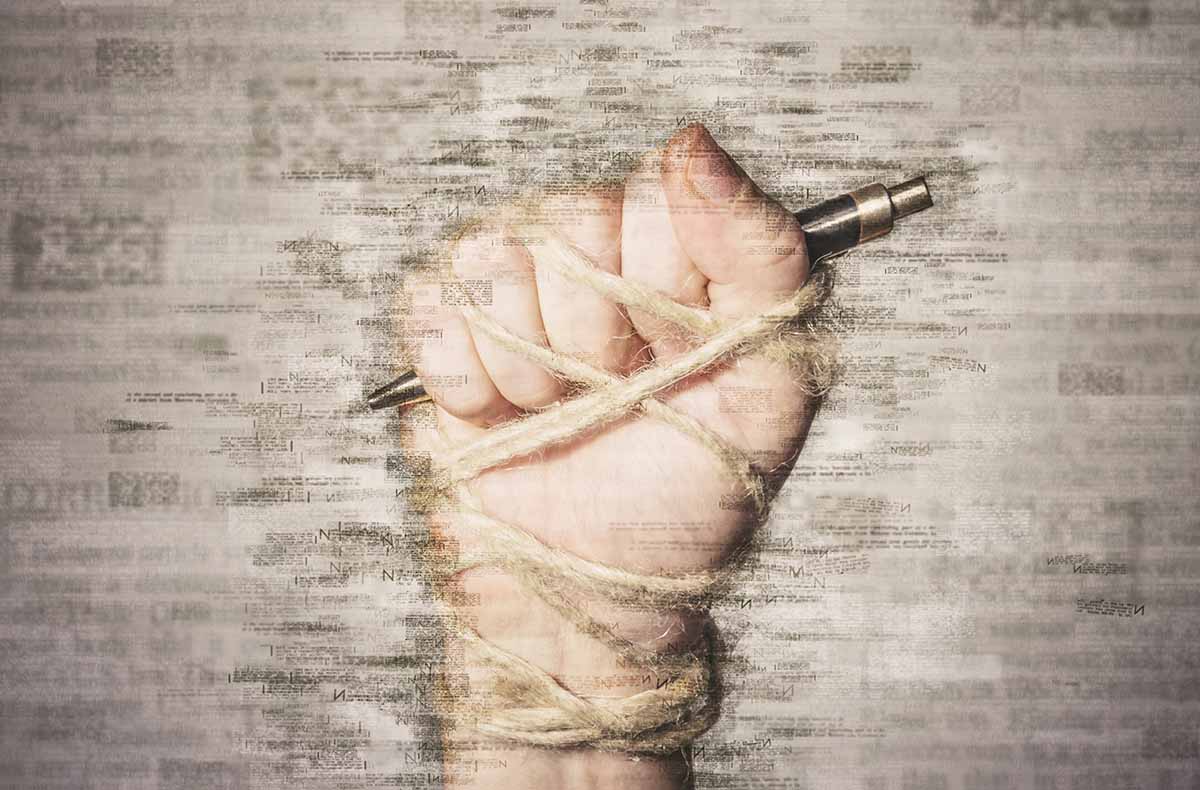
Australian Rules football is unique. The game is the duck-billed platypus of sport. It has components recognizable from other codes like Gaelic football, soccer, and rugby, but it developed its own identity on a continent cut off from the rest of the world. It is a source of pride in Australia.
The Australian Football League (AFL) kicked off its new season this month to great fanfare. The five-month campaign contains a number of highlights, culminating in the Grand Final. One of the marquee events is the Sir Doug Nicholls round, a series of matches that celebrate the contribution of First Nations people to the sport. Nicholls was the first indigenous Australian to represent Victoria, the state that is the heartland of Aussie Rules. Teams wear guernseys that feature Aboriginal designs and even perform Dreamtime dances in front of packed stadiums.
The attempt at inclusion is worthy; the reality is different. Players from Aboriginal and Torres Strait Islander backgrounds have always faced discrimination in a predominantly white environment. In a famous incident in 1993, Nicky Winmar, a St Kilda player, lifted his shirt and pointed to his skin to express pride after receiving relentless racial abuse at Collingwood’s Victoria Park stadium.
Four years ago, Adam Goodes received an apology from the AFL and all 18 teams. The Sydney Swans star—he won the sport’s highest honor, the Brownlow Medal, twice—took a strong stance against racism but was given little support by the game as a whole.
Anyone hoping the treatment of First Nations footballers had changed for the better was shocked out of their complacency last year when allegations emerged from Hawthorn, a team that won three successive Grand Finals starting in 2013. The stories told by three players in the early stages of their professional life were appalling.
The coaching staff are claimed to have bullied the Aboriginal youngsters into breaking contact with their families, demanding that they choose between their careers and their relatives. Club officials are said to have forced individuals to switch SIM cards on their phones so that they were uncontactable by their partners. The allegations that caused the most shock came when coaches were accused of trying to break up couples even though they were in the early stages of pregnancy. One player was told to demand that his pregnant girlfriend undergo a termination.
Hawthorn commissioned an external review that named the staff members involved. They include former head coach Alastair Clarkson and his assistant Chris Fagan. Clarkson is now in charge of North Melbourne, and Fagan has the top job at the Brisbane Lions. Both men—and the other Hawthorn official named in the review––strenuously deny any wrongdoing.
The AFL referred the report to its Integrity Unit and began an independent investigation, but the new season has begun without any conclusion from the panel. Some of the First Nations contributors to Hawthorn’s original review refused to cooperate with the new inquiry, most notably the young woman who was pressured to have an abortion. Delays have also been caused by legal issues. The original plan was for the panel to complete its work by Christmas.
In the meantime, Phil Egan, the author of Hawthorn’s initial response, was arrested in February and charged with fraud. The former player is accused of stealing from an Aboriginal organization.
There is an increasing feeling that the scandal is running out of steam. It began with outrage. AFL Media’s chief correspondent Damian Barret said: “It’s not a stretch to say these are the most serious allegations ever made about any person in the AFL system.” It is becoming increasingly likely that Clarkson and Fagan will not suffer any serious fallout.
Scott Morrison, the Prime Minister whose tenure in office ended last year, declared that “Australia is the most successful multi-cultural and multi-faith nation on Earth.” Those words sound hollow in many Aboriginal and Torres Strait Islander communities.
Discrimination has been rising against First Nations people over the past few years. Almost 50% of those who responded to a survey two years ago said they had experienced prejudice. That figure was up from 26% in 2017.
Also up were attendances in the first week of the AFL campaign. Last year was disappointing in terms of crowds with an average of 30,871 paying at the gate during the regular season. Opening weekend this year showed the attraction of the game, with the nine matches drawing an average of 43,583 spectators. The racist accusations have not destroyed the public’s appetite for even Hawthorn: 68,691 showed up at the Melbourne Cricket Ground to watch the team’s 124-65 defeat by Essendon.
Sports often reflect the mood of a country, and Australia is not alone. The National Football League in the United States has been hailed for its work in combating racism. American football’s adoption of the Rooney Rule—which forces NFL clubs to interview minority candidates for executive positions—is considered groundbreaking.
However, Brian Flores, the Minnesota Vikings defensive coordinator, and two other Black coaches are pursuing a discrimination case against the NFL and three franchises. A key plank in the legal action is that a number of teams created fake interviews to pay lip service to the Rooney Rule when they had already filled their positions with white coaches.
Fans appear to pay little attention to racist incidents—or, even worse, support the abuser. One glaring example was in the English Premier League in 2011 when supporters of Liverpool, a club based in a city built on immigrants whose fans have a reputation for being left-leaning, backed Luis Suarez when the Uruguayan racially abused Patrice Evra of Manchester United. Team rivalry over-rode basic decency.
John Amaechi, the psychologist, and best-selling author, is not a sports fan, but he knows how they work. He played for three National Basketball Association clubs.
Amaechi summed up the relationship between fandom and bigotry: “If it matters more to enjoy an afternoon out than it does to protect the dignity of one of your players, or indeed to make sure that your [club’s] badge is not stained with the accusation or the actuality of racism or sexism or homophobia, then the bigots have already won,” he says.
In that sense, Australian Rules football is not so different at all, despite its Dreamtime dances and dot-painting guernseys.


